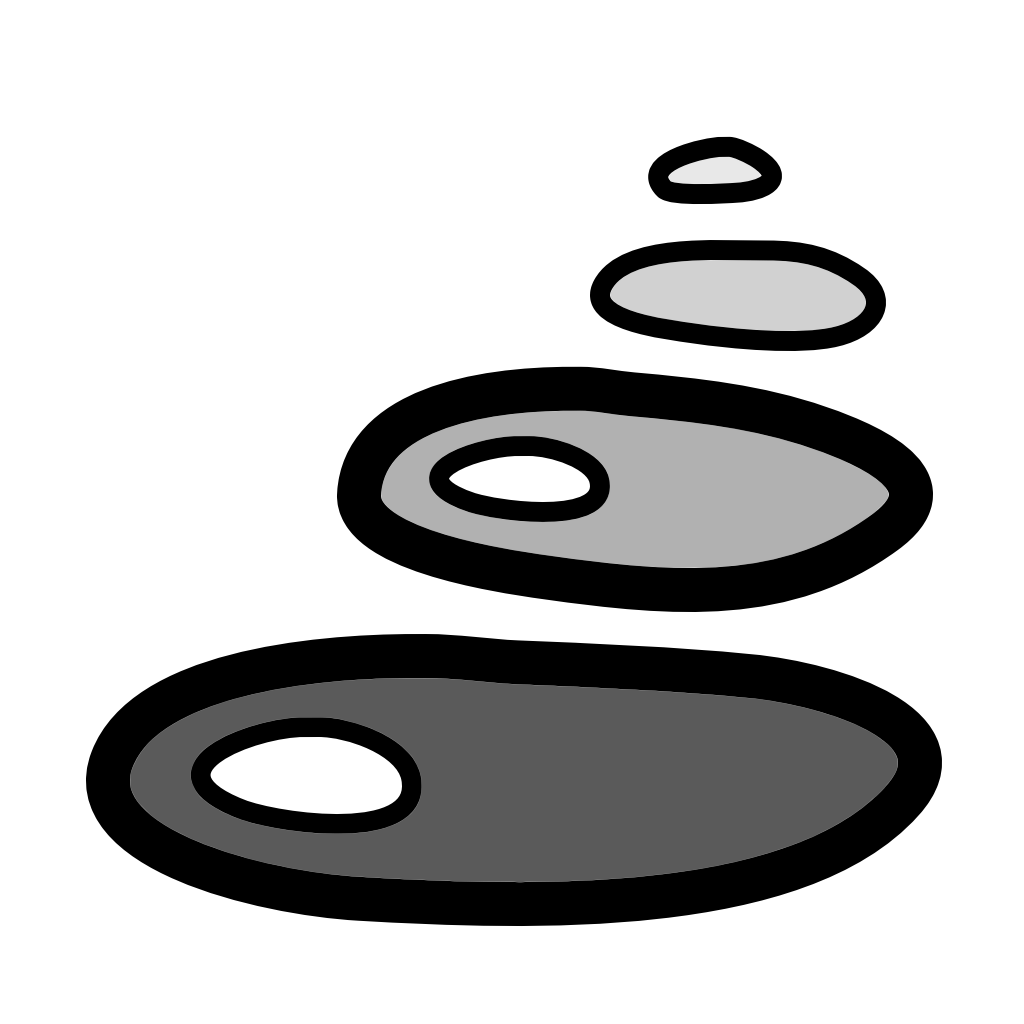Calcite Vs. Quartz
Calcite is a very popular mineral composed of calcium carbonate.[1] Quartz is also a very popular gemstone and its chemical composition is silicon dioxide.[2]
Quick Facts on Differences of Calcite and Quartz
For a quick recap of the differences calcite and quartz:- For chemical formulas, calcite is CaCO3 while quartz is SiO2.
- While both calcite and quartz can be vitreous, in terms of luster, calcite can be pearly and quartz can be greasy or waxy.
- While both calcite and quartz can be commonly red, quartz is often yellow.
-
Calcite's hardness is lower than quartz - calcite is 3 and quartz is 7 on the Moh's scale.
- Calcite can be scratched by copper pennies (3.5), the average knife blade (4.5), glass (5.5) or quartz (7) while quartz can not be.
Quick Facts on Similarities of Calcite and Quartz
The similarities of calcite and quartz include:- Calcite and quartz both can be opaque, translucent or transparent.
- In terms of crystallography, calcite and quartz both can be hexagonal or trigonal.
- Calcite and quartz both streak white.
- Calcite's rarity is similar to quartz.
- Calcite's specific gravity overlaps with quartz - calcite ranges from 2.71 to 2.94 and quartz ranges from 2.651 to 2.91.
Summary of Calcite
Calcite is a mineral that is widely distributed throughout the world. It is a carbonate mineral that is composed of calcium carbonate, which gives it a white or colorless appearance. Calcite is often found in sedimentary rocks, such as limestone and marble, as well as in hydrothermal veins and in some metamorphic rocks. It is also found in the shells of marine organisms, such as clams and oysters.Summary of Quartz
Quartz is a mineral that is composed of silicon and oxygen atoms arranged in a continuous framework of SiO4 silicon-oxygen tetrahedra. It is one of the most abundant minerals found in the Earth's crust. Quartz can be found in a variety of colors such as white, pink, purple, brown, gray, and black. It is also known for its unique crystal structure, which is hexagonal in shape, and its hardness, which is 7 on the Mohs scale.Table Comparison of Calcite vs Quartz
| Calcite (src) | Quartz (src) | |
|---|---|---|
| Transparency | transparent, translucent, opaque | transparent, translucent, opaque |
| Chemical Formula | CaCO3 | SiO2 |
| Chemical Composition | calcium carbonate | silicon dioxide |
| Specific Gravity | 2.71, 2.94 | 2.651, 2.91 |
| Hardness | 3 | 7 |
| Streak | white | white |
| Crystallography | hexagonal, trigonal | hexagonal, trigonal |
| Refractive Index | 1.486, 1.74 | 1.544, 1.553 |
| Hydrous | No | No |
| Colors | common: red sometimes: pink, purple, colorless less common: blue, gray, black, brown, green, white, orange, yellow, multicolor |
common: red, yellow sometimes: blue, gray, pink, black, brown, green, white, orange, purple, violet, colorless, multicolor |
| Solubility | Soluble in dilute acids | Insoluble at STP |
| Category | carbonate | silicate |
| Birefringence | δ = 0.154–0.174 | δ = +0.009 (B-G interval) |
| Fracture | conchoidal | conchoidal, uneven |
 AllMineralsRock
AllMineralsRock







